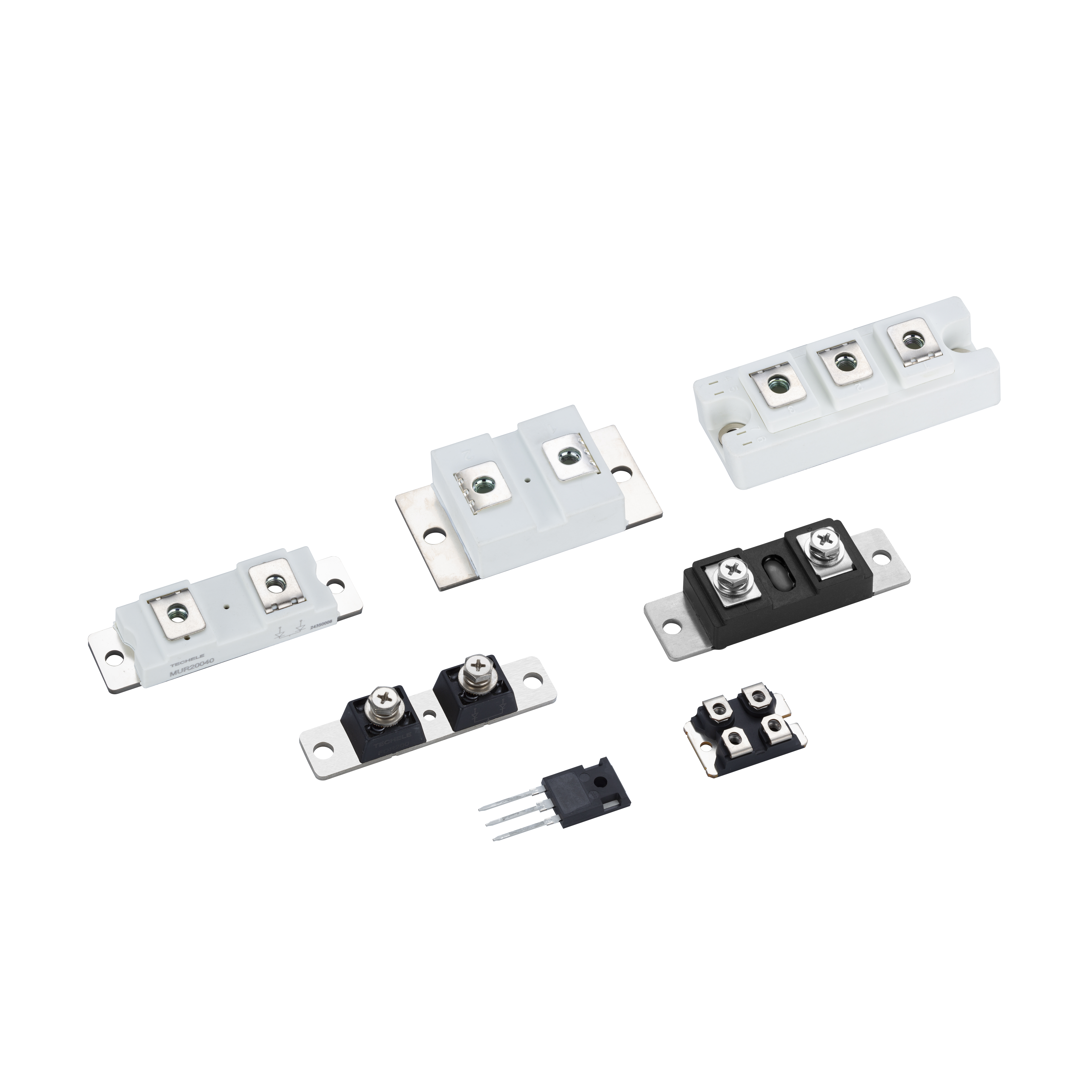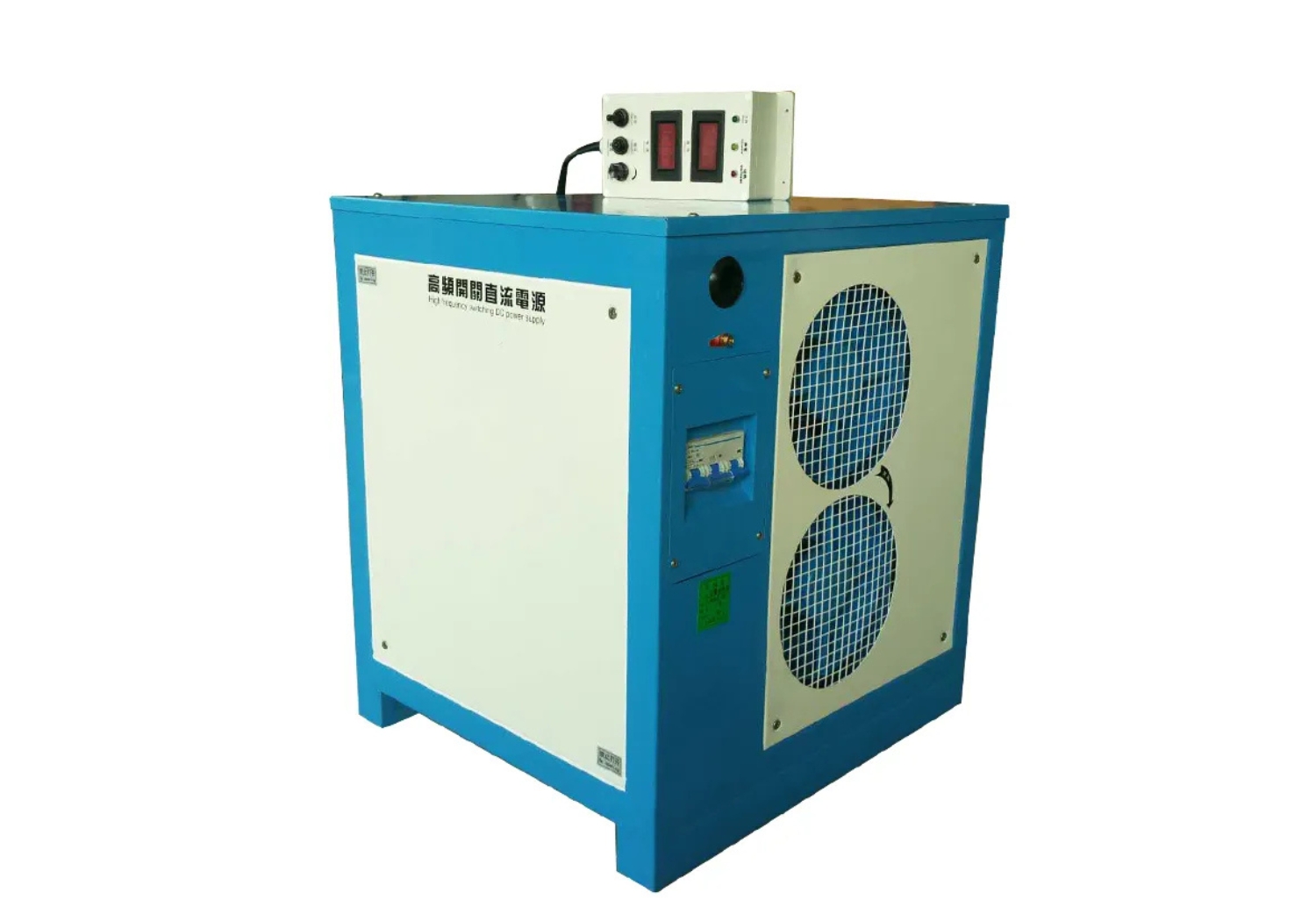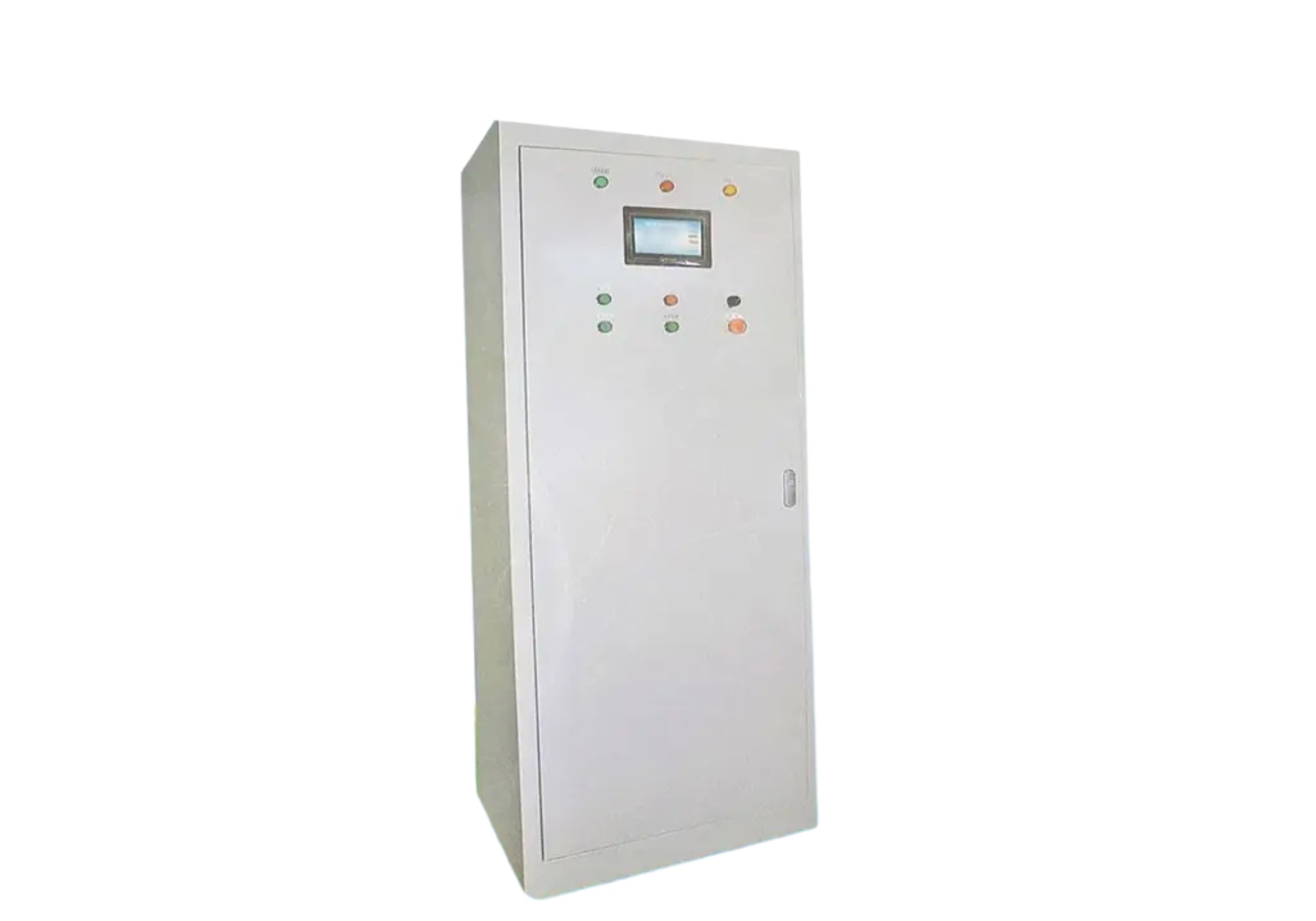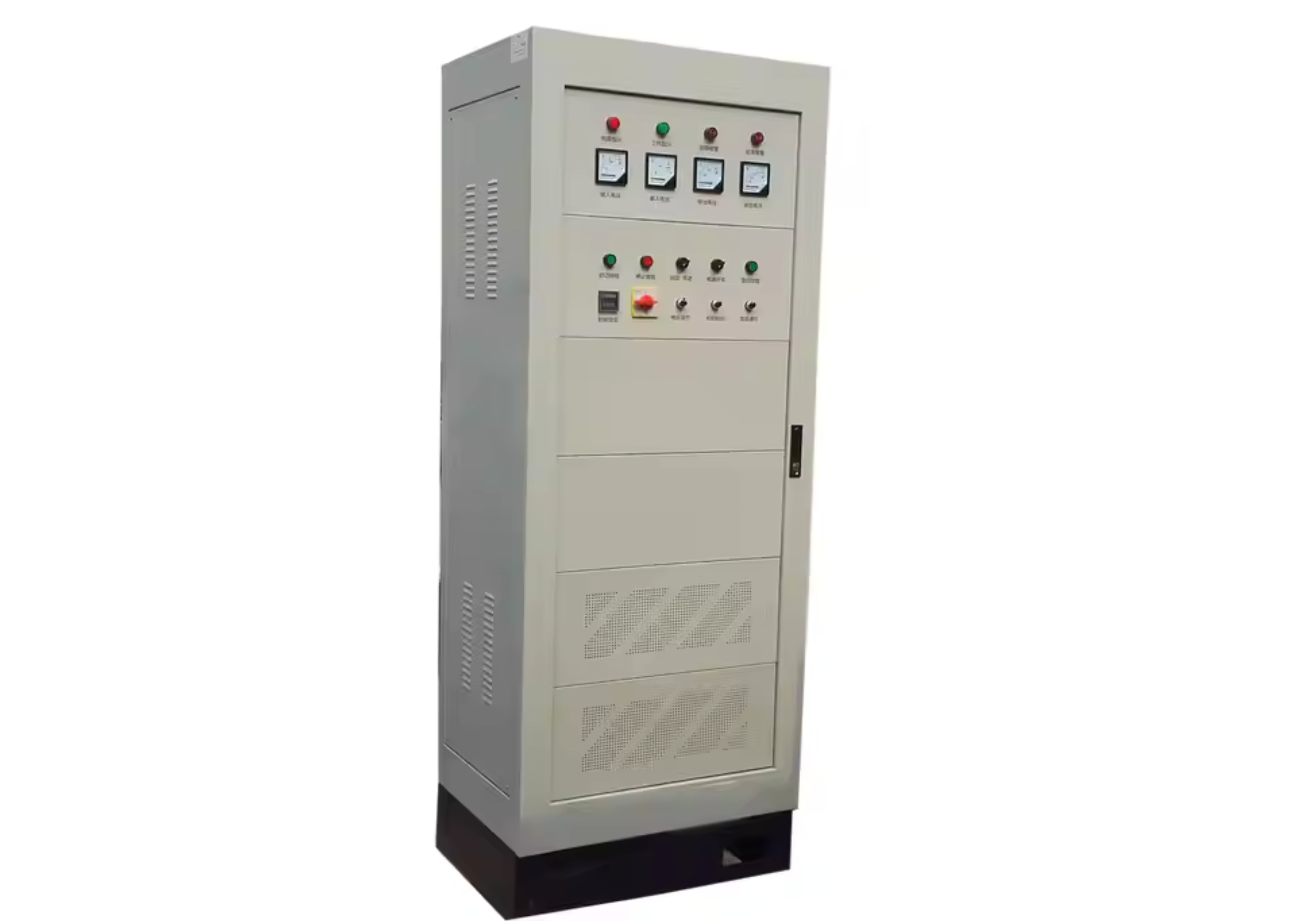Optimizing Motor Soft Starters with Industrial Thyristor Modules: Practical Engineering Perspectives
Motor soft starters have become standard in modern electrical engineering, especially for managing the safe and controlled startup of large motors. Among the critical components enabling this functionality are thyristor modules, especially dual configurations tailored for industrial use. This article delves into practical engineering applications of these modules, outlining real-world use cases and explaining how specific features such as low on‑state voltage and high surge current capacity provide measurable advantages.
The Functional Role of Thyristor Modules in Soft Starters
A soft starter gradually increases voltage to the motor, helping it ramp up smoothly and avoiding the harmful effects of direct-on-line starting. Central to this operation is the dual thyristor module, which controls the voltage applied to the motor in both AC cycles.
The ultra low VT power factor furnace heating High surge current low on‑state voltage industrial phase control dual thyristor module exemplifies how component-level engineering can influence system-level performance. With a low VT (on-state voltage), the module reduces power loss and manages thermal buildup efficiently.
Application-Based Performance Insights
1. Industrial Furnace Applications
In furnace control, temperature regulation and energy conservation are key. Thyristor modules designed for this environment—such as the ultra low VT power factor furnace heating High surge current low on‑state voltage industrial phase control dual thyristor module—deliver smooth power modulation, allowing precise heating control while sustaining high current surges. This minimizes downtime and component wear caused by thermal shock.
2. Precision Textile Manufacturing
The 1600V anti-parallel textile High surge current low on‑state voltage industrial phase control dual thyristor module is engineered for textile machinery that demands rapid cycling and steady power input. These modules ensure that loom motors and spinning systems start and stop efficiently without destabilizing the electrical grid or wearing out mechanical parts prematurely.
3. HVAC Startup Reliability
HVAC systems often face challenges like noise and system instability during compressor or fan motor startup. The 500A zero-cross HVAC High surge current low on‑state voltage industrial phase control dual thyristor module introduces zero-cross switching for reduced EMI and precise control. The 500A rating supports large motor loads commonly found in industrial ventilation and climate control.
Key Engineering Advantages
High Surge Current Resilience
These modules are built to endure peak conditions, providing a safety margin during unpredictable load events. This ensures system integrity under demanding startups.Energy Efficiency Through Low On‑State Voltage
A low on‑state voltage reduces power waste, lessening heat output and extending module lifespan. The result is a system that runs cooler, with less stress on cooling components.Simplified Integration and Maintenance
Modern modules are packaged for ease of integration into existing motor control circuits. Standardized dimensions, integrated snubber networks, and built-in protections simplify the engineering design process.
Best Practices for Industrial Deployment
When deploying thyristor-based soft starters:
Always validate the module's surge and steady-state current capacity.
Implement effective cooling—either through passive heat sinks or forced-air fans.
Use gate driver circuits with isolation to prevent control interference.
Select anti-parallel configurations for full AC cycle control.
Thyristor modules, when correctly selected and implemented, empower motor soft starters to meet the reliability and performance expectations of industrial automation systems.






